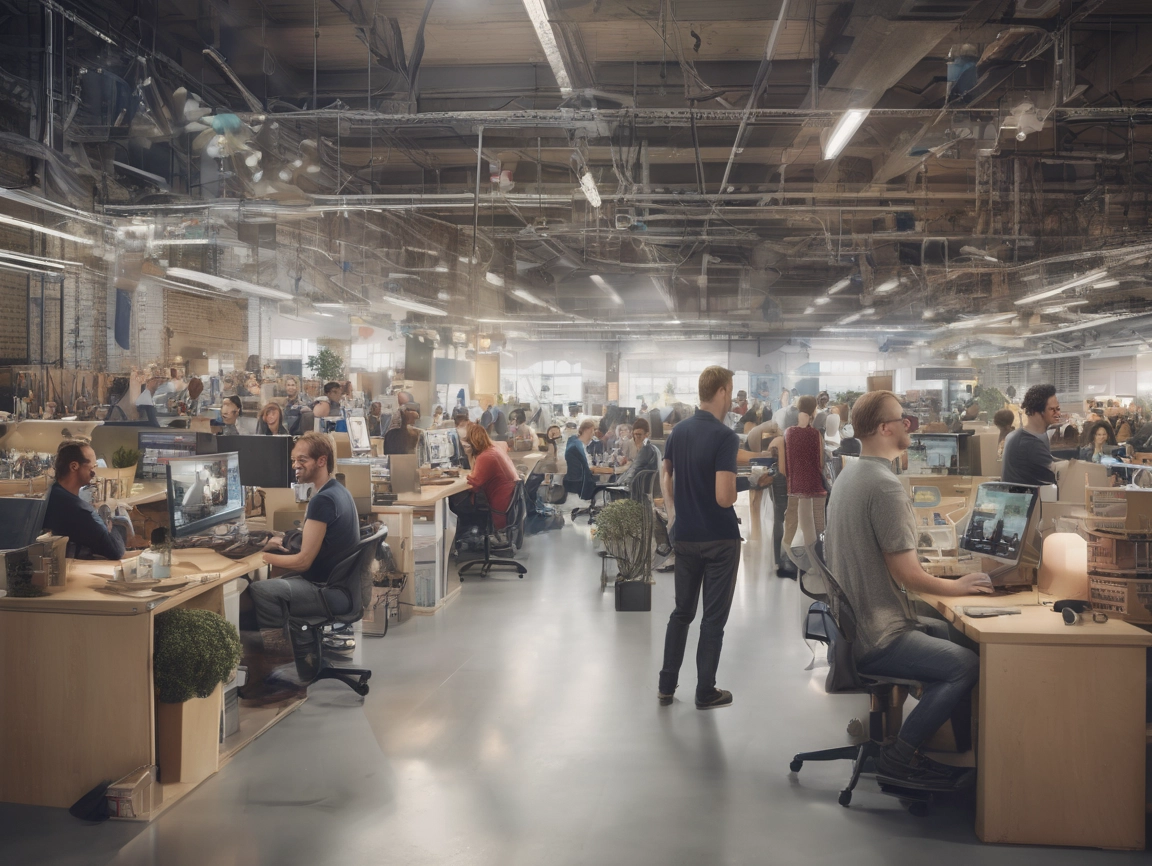Introduction
Artificial Intelligence (AI) has fundamentally shifted paradigms in various industries, and graphic design is no exception. Far from being an abstract concept or a future possibility, AI is a present-day reality that designers need to engage with. This article aims to unpack the transformative impact AI is having on the graphic design industry, from automated design processes to creative collaborations that were unimaginable just a few years ago.
AI Tools for Designers
- Automated Design Software: Tools like Wix ADI or Canva’s automated suggestions are streamlining the design process. These software options use machine learning to adapt to user preferences, enabling even novices to create appealing visual content.
- Logo Generators: AI-based platforms such as Looka and Hatchful offer logo designs based on user-inputted preferences. By generating numerous logo variants quickly, they provide a starting point for more intricate, human-led designs.
- Image Recognition: Advanced AI algorithms can identify, categorize, and even modify elements within existing graphic assets. This capability is not only speeding up asset management but also improving the customization and personalization of design projects.
Benefits and Limitations
- Speed and Efficiency: AI dramatically reduces the man-hours needed to perform repetitive tasks, thus speeding up project timelines and reducing costs.
- Data-Driven Decisions: AI tools can analyze large datasets to understand consumer behavior, allowing designers to make more informed decisions that align with user preferences.
- Limitations: While AI brings efficiency, it’s not a substitute for human creativity. There are ethical concerns as well, including questions about data privacy and the originality of AI-generated designs.
Future Trends
- Personalized Designs: Imagine a website that adapts its design in real-time based on user interaction. AI has the potential to make this level of personalization a reality.
- AI in UX/UI: Machine learning algorithms could soon dynamically adapt user interfaces to individual user behavior, offering an unprecedented level of customization.
- Creative Collaboration: As AI tools become more sophisticated, we can expect a future where human designers and AI algorithms collaborate to produce designs that neither could achieve alone.
Case Studies
- Adobe Sensei: Adobe’s AI and machine learning platform have significantly improved design workflows, offering features like auto-tagging and advanced image recognition.
- The Failure of AI-Only Campaigns: An examination of instances where AI-generated designs failed to resonate with audiences, highlighting the limitations of removing the human element entirely.
Conclusion
As AI continues to advance, its role within the graphic design sector is set to grow exponentially. While the technology offers exciting opportunities for efficiency and innovation, it also presents challenges that professionals must navigate carefully. The key to future success lies in understanding how to leverage AI as a tool for enhancement rather than a replacement for human creativity and expertise.


